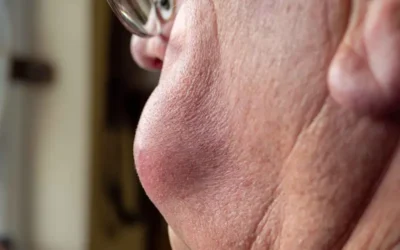This July, the Centers for Medicare and Medicaid Services (CMS) proposed changes to the home health prospective payment system (HHPPS) for the calendar year 2016, which will have a significant impact on home health care billing and for medical billing companies that focus on home health care. The proposed rule includes updates to annual payment rate and wage index. The major highlight is the implementation of a new Home Health Value-based Purchasing (HHVBP) model. CMS also proposed changes to the home health quality reporting program requirements and payment adjustment methodologies.
Under the HHPPS, Medicare pays a predetermined base payment to home health agencies (HHAs). The major features of HHPPS are:
- A home health agency will receive half of the estimated base payment for the full 60 days and the residual half at the close of the 60-day episode unless there is no applicable adjustment.
- Case-mix adjustment or the adjustment of payment for the health conditions and service needs of the beneficiary.
- Outlier payments or providing more payment for the care of the costliest beneficiaries.
- Payment adjustments for beneficiaries who need only a few visits during the 60-day episode.
- Payment adjustments for beneficiaries who switch HHAs or are discharged and readmitted during the 60-day episode.
- Consolidated billing in which HHA must bill for all home health services except durable medical equipment (DME).
When medical billing for home health services under Medicare, you must be aware of all these provisions for receiving proper reimbursement. The proposed updates published in the Federal Register literally revamp HHPPS with significant changes to many of these provisions. Here is a detailed view.
Revised Payment Rates
The newly proposed rebasing adjustments would reduce the national standardized 60-day episode payment amount by $80.95, increase the national per-visit payment amounts by 3.5 percent of the national per-visit payment amount in CY 2010 and reduce the non-routine supplies conversion factor by 2.82 percent. The HHPPS case-mix weights would be recalibrated using the most current cost and utilization data available. No changes proposed in the case of outlier payments.
Home Health Value-based Purchasing Model
Leveraging the experience with the Hospital Value-based Purchasing Program (HVBP) and the Home Health Pay-for-Performance Demonstration, CMS proposed a new HH value-based purchasing (HHVBP) model to be implemented in January 1, 2016 which ensures quality-based incentives. All Medicare-certified HHAs in selected states will be required to participate in the program (nine pilot states in the proposed rule). It is expected that the new model will reduce unnecessary hospitalizations and SNF usage and reap net savings totaling $380 million.
Changes in Home Health Quality Reporting
To determine appropriate payment adjustments under the new model, CMS proposed that participating Medicare-certified HHAs must ensure their compliance with a set of key quality measures. They should consider both achievement and improvement during each evaluation. The proposed initial set of quality measures contains 25 outcome and process measures, many of them drawn from already existing HHA quality reporting requirements. The proposed measures mainly address the clinical quality of care, care outcomes and efficiency, or person/caregiver-centered experiences.
Payment Adjustment Methodologies
As per the proposed rule, all Medicare-certified HHAs in each of the nine pilot states would have their payments adjusted (either up or down) by 5 percent in each of the first two payment adjustment years, 6 percent in the third payment adjustment year, and 6 percent in the final two payment adjustment years. CMS proposes CY 2015 to be used as the baseline year for performance and CY 2016 as the first year for performance measurement. HHAs would receive three reports concerning their performance in the HHVBP, a quarterly performance report, an annual report that summarizes the payment adjustment to be applied and an annual performance report. They should review and request score recalculations with ten days of the quarterly performance report or within ten days of the annual payment adjustment report.



